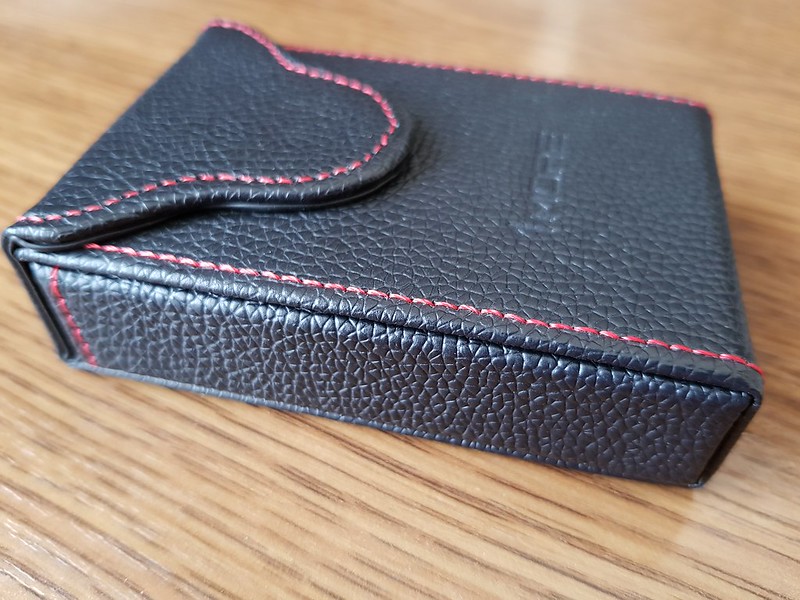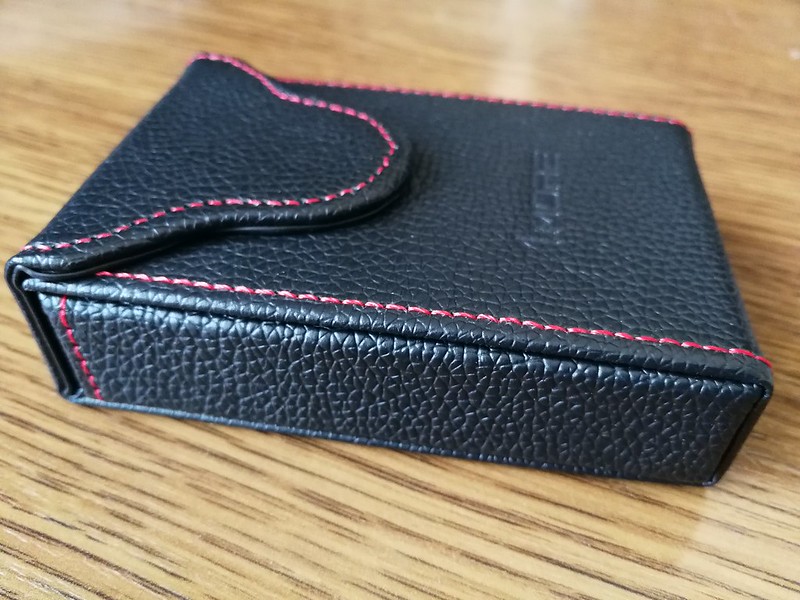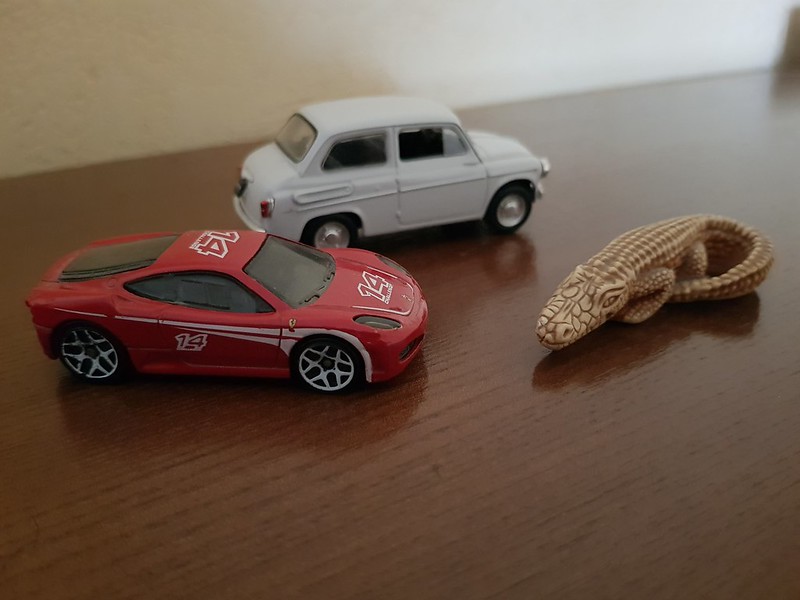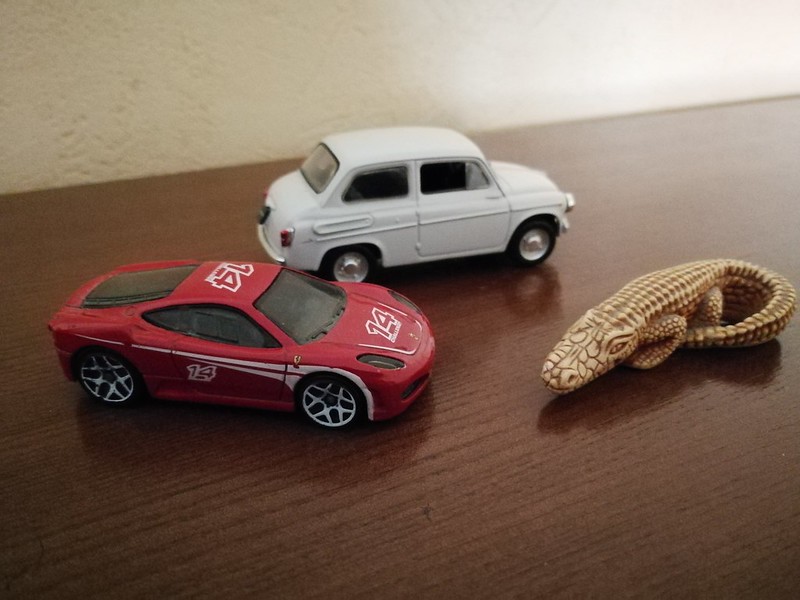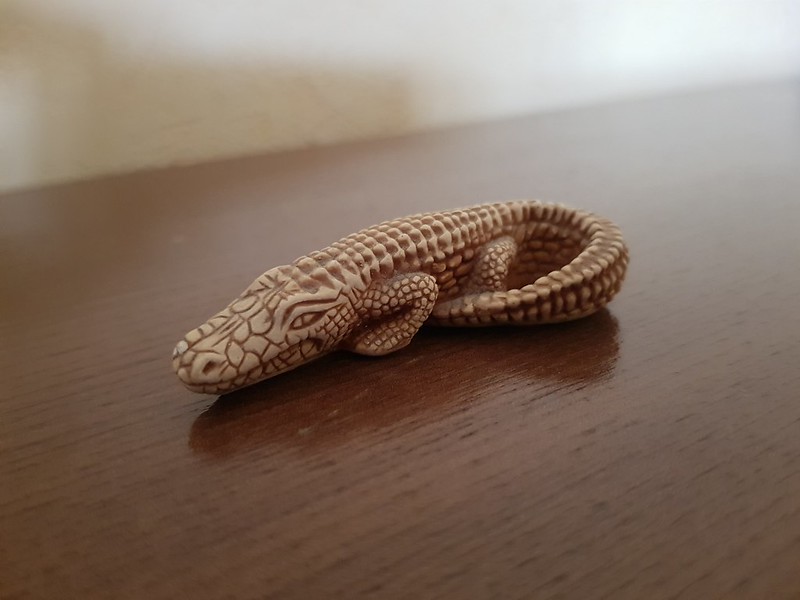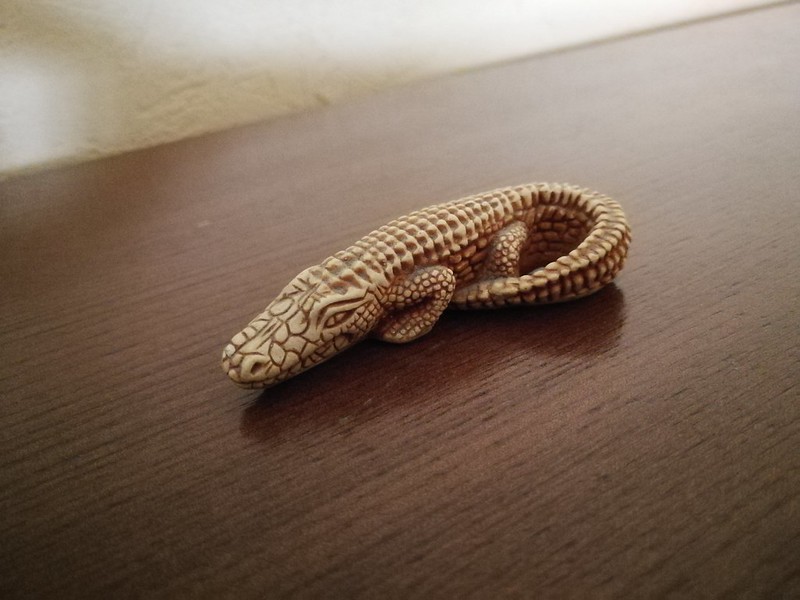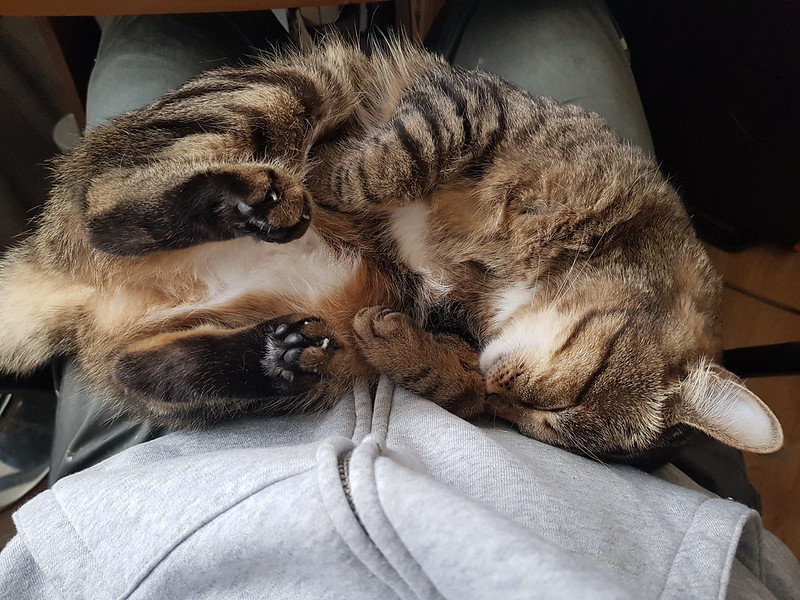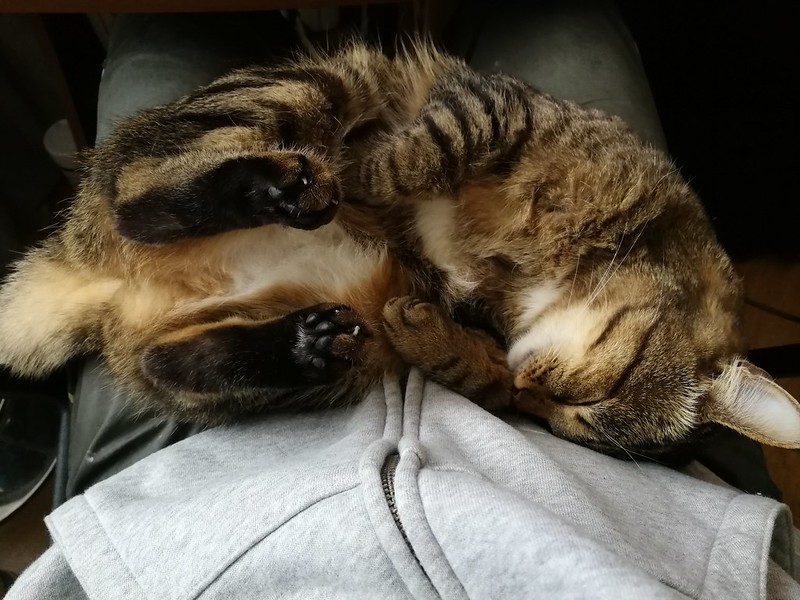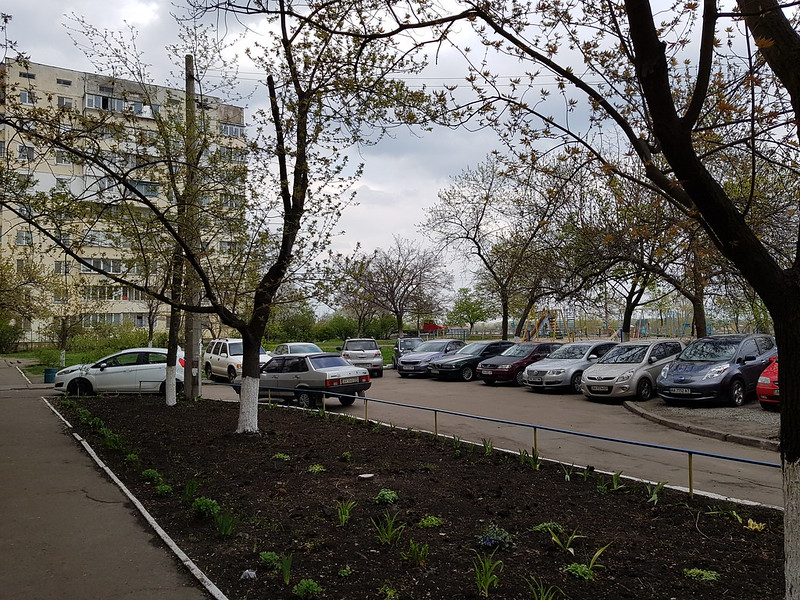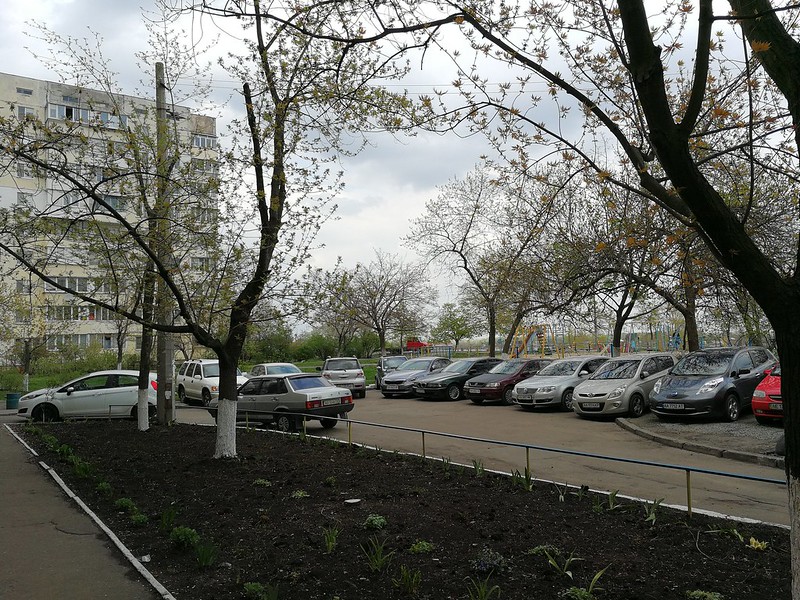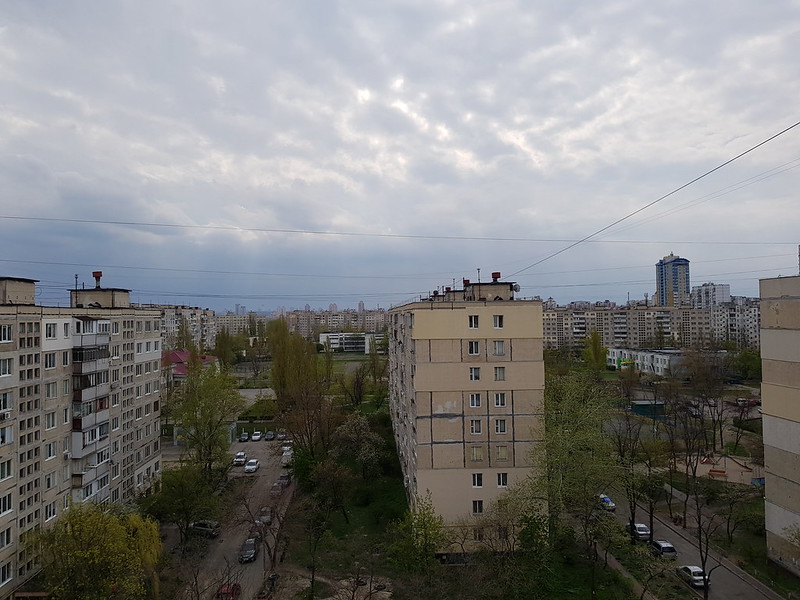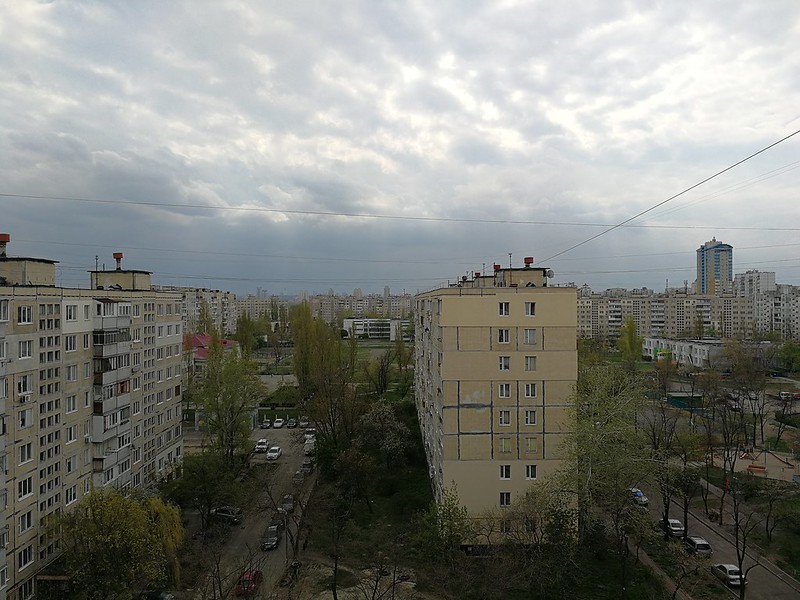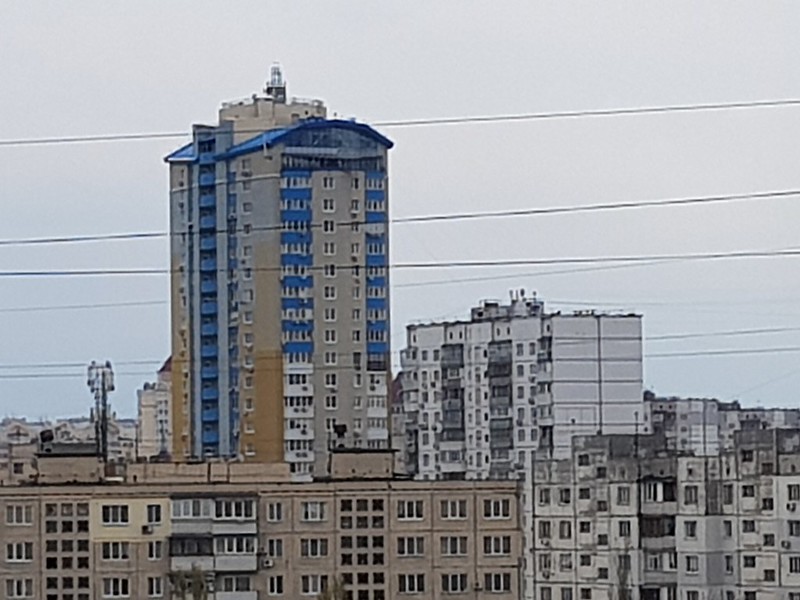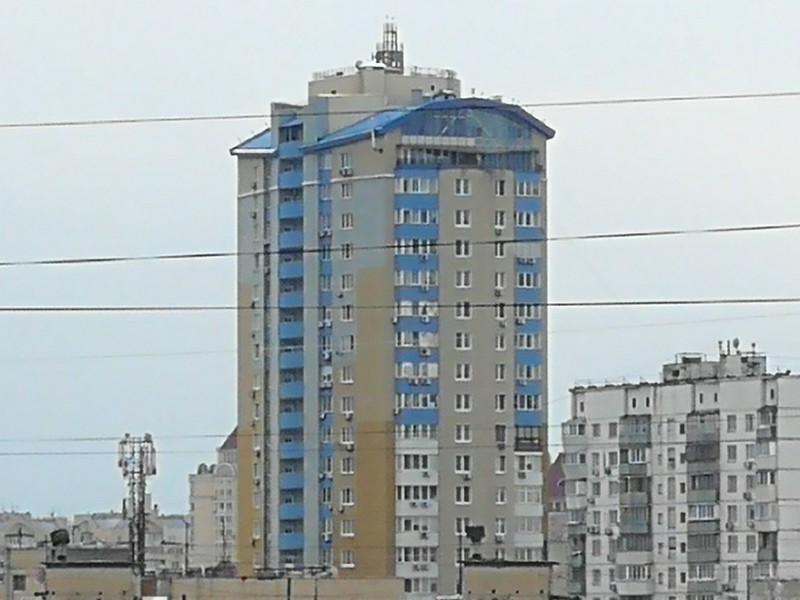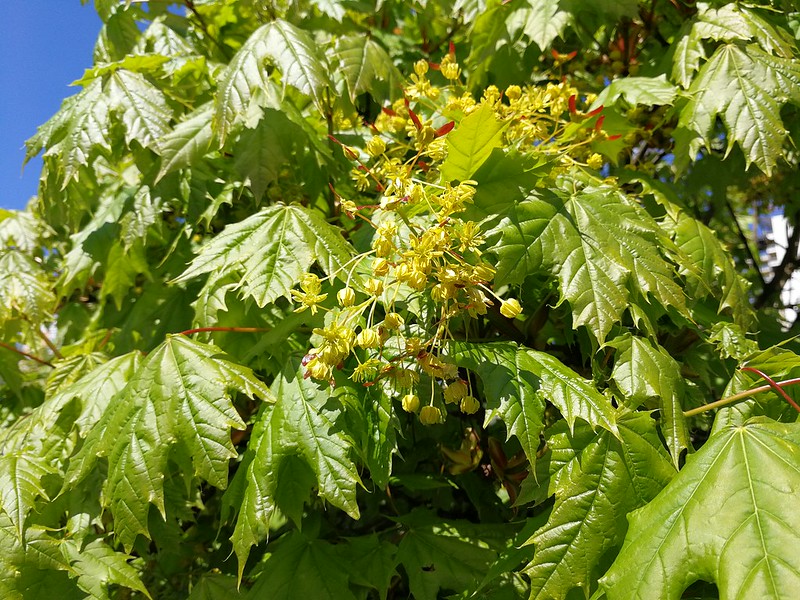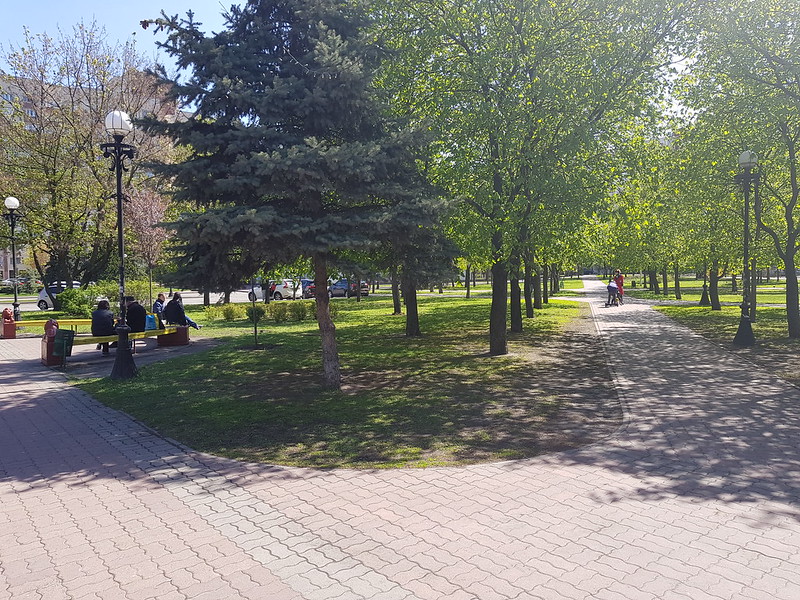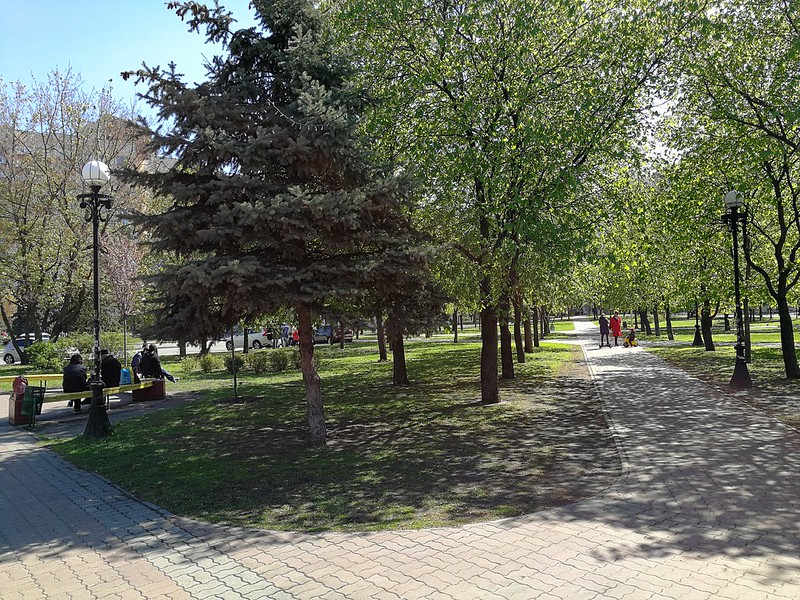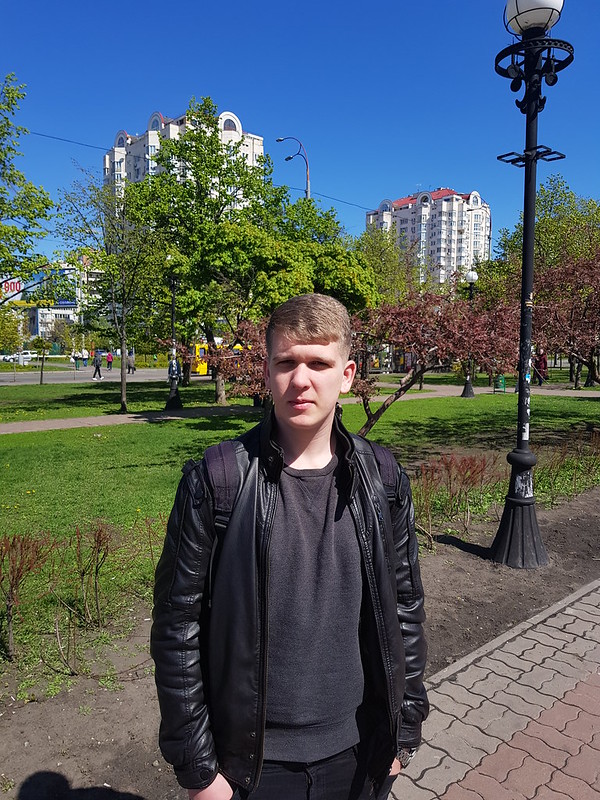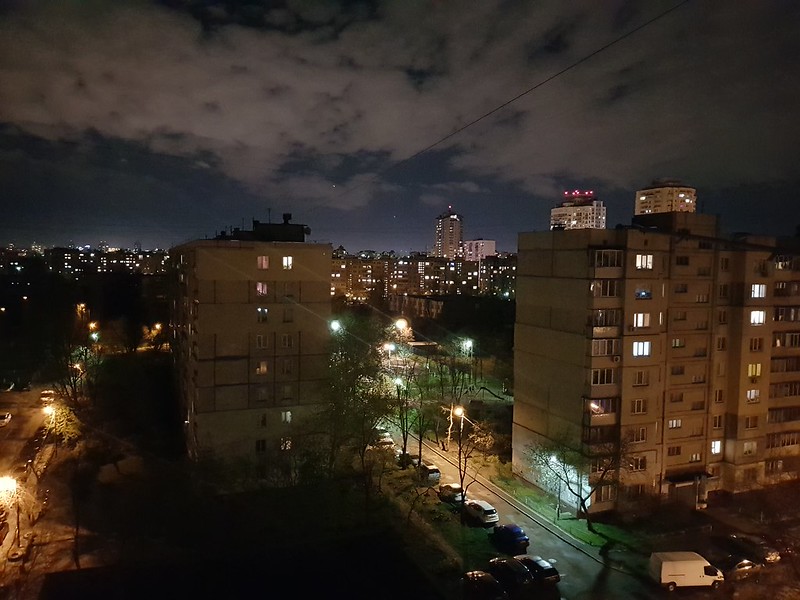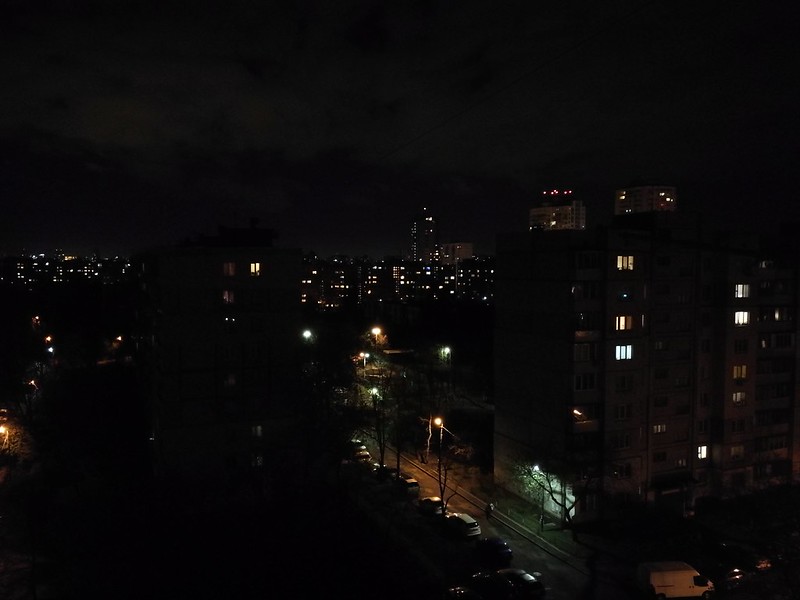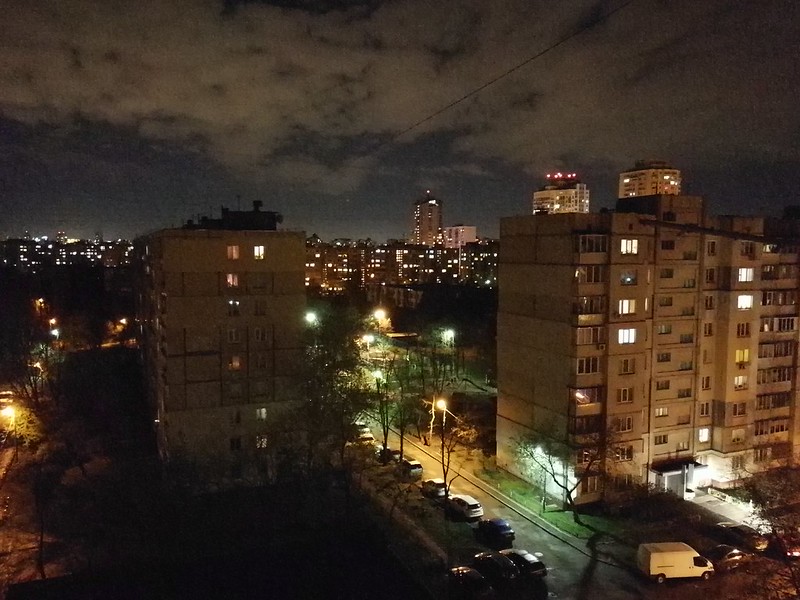© ROOT-NATION.com - Use of content is permitted with a backlink.
This year we’ve seen fascinating flagship smartphones with great cameras. I was able to test Samsung Galaxy S8 and Huawei P10, and decided to compare two smartphones’ cameras.
Samsung Galaxy S8 camera vs Huawei P10 camera
Facts say that Galaxy S8 has the same exact camera as Galaxy S7 Edge. but it has a new generation module and new rendering algorithms, all of which result in faster work and better detalization in bad lighting. Even if the camera can be called “old”, it is still one of the best: 12-megapixel module with f/1.7 diaphragm, 1.4 μm pixel size and 6 lenses system with optical and digital stabilization.
In details: Samxung Galaxy S8 review
[socialmart-widget id=”IWiijFTY” search=”Samsung Galaxy S8″]
Huawei P10 camera is very different from the one installed in P9. Before both main modules were 12 pixels, but now we have a black-and-white 20-megapixel sensor and a 12-megapixel color sensor. The main module has LEICA SUMMARIT-H optics with f/2.2 diaphragm, optical stabilization and a laser, phase and hybrid autofocus.
Let me remind you of how dual cameras work in Huawei P9/P10: The main black-and-white module is responsible for the detail and wide dynamic range, and the color data is superimposed from the second color camera. You can also make great monochrome shots imitating black-and-white film cameras, and apply wide aperture shooting mode (beautiful bokeh), as well as post-focus the frames you made earlier.
In details: Huawei P10 review
[socialmart-widget id=”IWiijFTY” search=”Huawei P10″]
Side notes and additional info
To make things fair and even, I used Huawei P10 in 12-megapixel camera mode. With Samsung Galaxy S8 I turned off auto HDR. Maybe that was a mistake – Huawei P10 actually has a constantly working HDR in the form of a black-and-white camera. On the phone screen, all photos looked fine, but once I saw them on a big screen, the difference became apparent.
All photos are laid in pairs: the first shot is from Samsung Galaxy S8, the next – from Huawei P10. For each pair of photos, I took 3-5 snapshots with each smartphone in automatic mode and then selected the best ones in the comparison. All the parameters of any snapshot, including EXIF data, can be viewed by clicking on a photo, which will take you the flickr gallery. Go!
Pair 1
Object, texture, good daylight. Both cameras work perfectly in these conditions. But it seems to me that Huawei P10 has a more natural color rendering which results in more contrasty photo.
Pair 2
A group of objects. Natural lighting, semi-darkness. Light is very bleak, and 1.7 aperture of Samsung Galaxy S8 makes a big difference.
I added another couple of shots to illustrate the level of detalization. Once again, the room is dark, but it doesn’t seem that way on the photo.
Pair 3
Pair 4
Detalization of faraway objects.
Pair 5
Pair 6
Maximum zoom on both smartphones. Previous photos show the house on the right without zoom.
Pair 7
Both cameras are simply great.
Pair 8
A perfect scene to show the whole potential of Huawei P10’s dual camera. Wide dynamic range and great level of contrasts. The same can be said about the next scene as well.
Pair 9
Pair 10
Portrait. And here the dual camera Huawei P10 works well, smoothing chiaroscuro on the face. Once again I felt sorry for disabling Auto HDR in S8.
Pair 11
At nighttime the winner is Samsung Galaxy S8 – thanks to the “big hole”. The difference in automatic mode is apparent.
In manual mode Huawei P10 can make a decent photo. I may have overdone it a little with lightness levels. You can’t get rid of noises, of course, and you have to fixate the camera.
Samsung Galaxy S8 vs Huawei P10. My verdict
I liked both cameras. Galaxy S8 has more of a universal camera – it’s fast and works in any mode. Thanks to f/7.7 aperture and big pixels the camera works great in dim lighting. Right now, it’s one of the best on the market. Maybe it is the best.
Huawei 10 has a more “artistic” camera. It shots beautiful photos and has a lot of professional settings. It’s a bit weaker, especially in the dark, but often it’s better in broad daylight. You’ve gotta hand it to them – a Chinese phone directly competes with a known brand. A couple of years ago this situation would be impossible.
It’s worth noting that I tested the “junior” flagship with LEICA SUMMARIT-H f/2.2 optics. Huawei has a P10 Plus model with mode advanced LEICA SUMMILUX with f/1.8 optics. I hope to test it soon and share my findings. Until that, don’t go anywhere!


